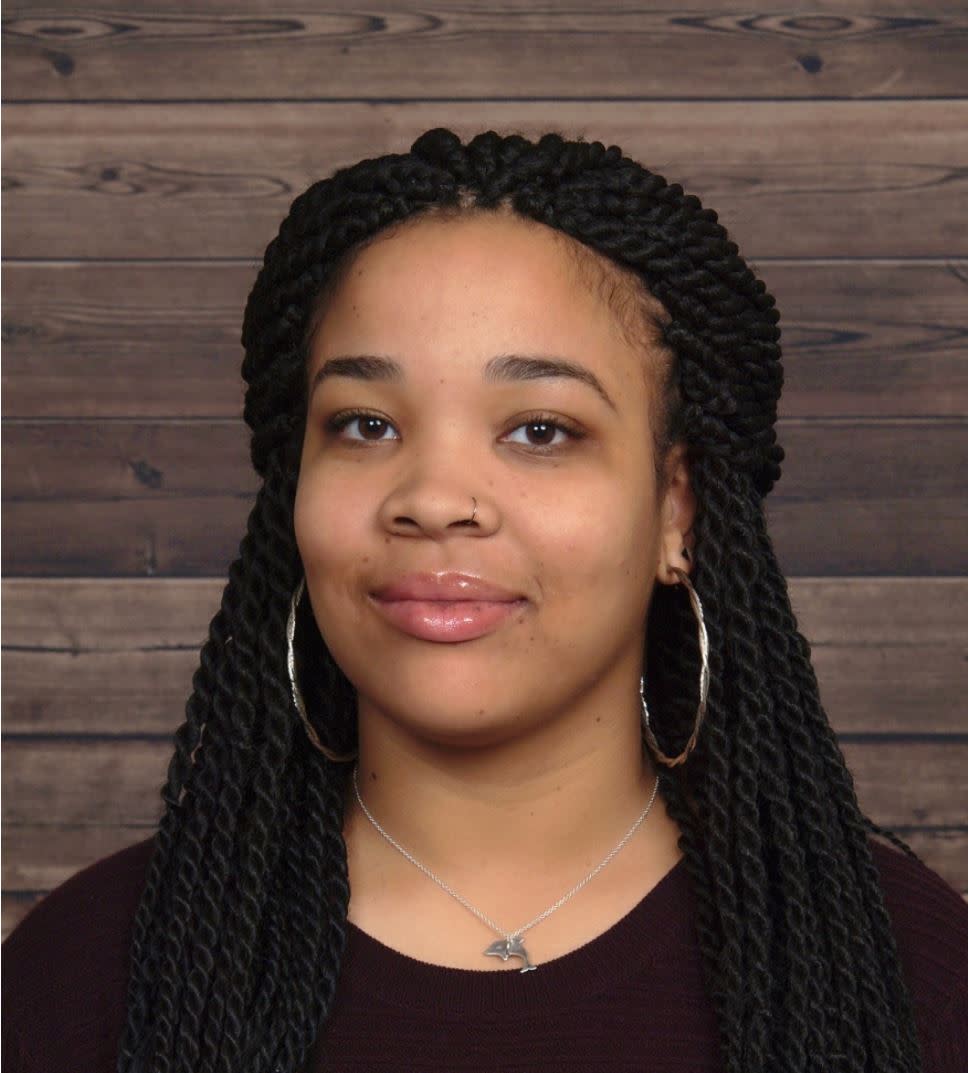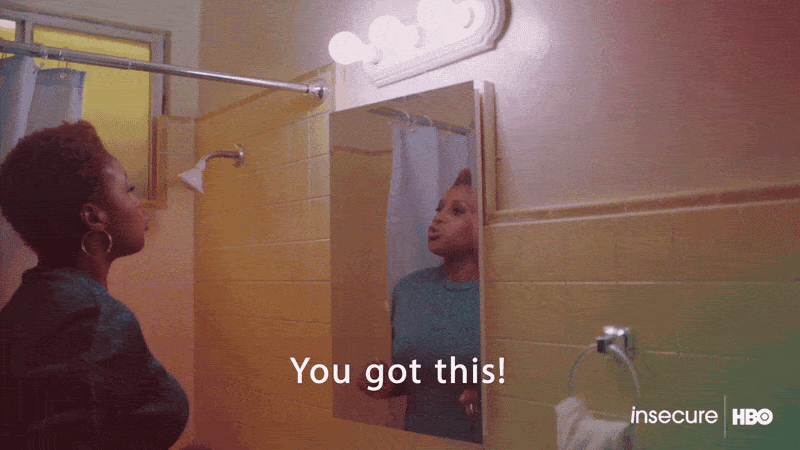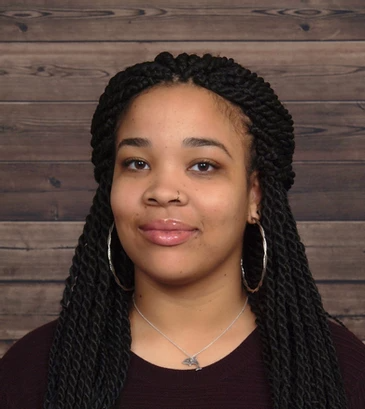
7 Steps for Finding & Applying to Graduate School
Applying to graduate school is a longggggg process, and it’s more energy intensive than most people realize. Additionally, applying for research based graduate programs is very different from applying to many other graduate programs in STEM fields.
Having recently completed the Graduate School application process and interviewed dozens of current graduate students, I wanted to compile the advice I received with my own personal experience to create a step-by-step guide for applying to graduate school. These steps will also help ensure your graduate school application process is efficient and effective.
Disclaimer: You will want to begin the process the spring/summer BEFORE you plan to apply. For example if you are planning to apply for a graduate program in the Fall 2020, you should start this process NOW! If you are planning to apply in Fall 2021, you should begin this process in Spring/Summer 2021.
- What type of research am I most interested in? What research would I be OK conducting for the next 3-6 years?
- Do I prefer to work in a lab or in the field? Do I prefer to work in a specific system (e.g. terrestrial vs marine, forest vs. desert, seagrass vs. mangroves)?
- Where do I want to do my graduate work? (i.e. What country and/or states would you be willing to live in? Which ones would you not be willing to live in?)
- What are my career goals? (e.g. get a job in the private sector, become a professor, work for a government organization, and/or work at a non-profit)
- It is totally OK to have more than one answer for this. You should describe your 'dream career'. What do you THINK you want your life/work schedule to look like after graduate school?
2. Create a list of Graduate Programs that align with your interests and aspirations.
For example, if you are interested in marine ecology you will want to google: "Top Marine Science Graduate Programs" and/or "Top Ecology Graduate Programs". Go through the list and look at the different universities and graduate programs to get familiar with their programs and the program prerequisites (e.g. courses, GPA, and standardized test requirements). Make a list of the programs/universities that interest you and align with your research interests and career aspirations.
4. Compare your list of Graduate Programs and your list of Advisors — Narrow your list.
Disclaimer: If you ask most graduate students how to pick a graduate school/advisor, they will overwhelmingly say the advisor is more important than the graduate program/university you end at. I agree, to a certain extent. Contrary to popular opinion, I believe the graduate program/university you end up at is important for a number of reasons.
- As a Black woman, it was extremely important for me to not only find graduate advisors that I liked and got along with, but it was also important that I was at a University and in a city/state where I felt safe. Unfortunately, there are a number of cities throughout the U.S. where I do not feel safe and therefore was not interested in applying to graduate schools in those areas. This is one of the reasons why I included question 3 in Step 1.
- It was also important for me to consider the graduate program/university, as I wanted to ensure that I would have the opportunity to meet other leaders in my field, outside of my advisor and my lab mates. This is why I prioritized good advisors that were also located at Top Ecology and Marine Science programs. Being able to work with and learn from top scientists and graduate students in my field, will provide me with a network of professionals that I can use during and after graduate school.
- Another important reason to consider the graduate programs/universities to which you apply has to do with ensuring that there are other advisors/scientists at the university, doing work that aligns with your interest. This is important when it comes to finding collaborators within your institution and forming your dissertation committee, but it is also important for having 'back-up advisors'. In the event that you start graduate school and realize you and your advisor are not a good match, you would hypothetically be able to transfer into another advisor's lab. This would prevent you from having to leave your current institution and restart the process of trying to find and apply for graduate programs.
- The last reason it was important for me to consider the graduate program/universities I was applying to has to do with funding. I have heard the horror stories of graduate students stressed out as they tried to maintain their research, while also working to secure funding to pay their salary. I did NOT want to be in the situation. To avoid this, I knew it was going to be important to be at a university where the graduate program I was in was supported and adequately funded by the university.
5. Directly contact each Advisor to introduce yourself and set-up a time to chat
Now it is time to contact your list of advisors, express interest in joining their lab, and determine whether they have funding for a new student. To start this process, I would recommend contacting the folks on your list that are highlighted and bolded, OR your top 3-5 advisors.
(a) Make sure you update your CV/resume and get 2-4 people to agree to serve as references for you during this process. Some advisors will request a few references from you when you reach out to them, so have them ready. You can also add them to the endof your CV/resume to be proactive.
(b) Create introduction emails tailored to each advisor. This email should be 2-4 paragraphs and should address the following:
First Paragraph: Introduction
* Introduce yourself.
* Tell them why you are emailing them — i.e. you are interested in joining their lab as a graduate student,
* Summarize why you are interested in joining their lab, reference their current research and some recent publications.
* Discuss why you are interested in pursuing a graduate degree.
* Discuss your qualifications — previous research and work experience, presentations, publications, etc. Basically highlight a few key things from your CV/resume.
* List your skills — scientific writing, communication, research specific skills, etc.
Current research interests — what topics are you most interested in? What type of projects do you see yourself doing in graduate school?- Ensure you list specific and well-throughout research questions to help illustrate your research interest.
* Discuss how your research interests align with that specific advisor’s research interest.
Fourth Paragraph: Closing + Requesting a meeting
* Express interest in discussing the possibility of being in their lab further via phone, zoom, or in-person (if they are local).* Closing sentence.
IMPORTANT: You will need to do this for EACH advisor. You will likely be able to use the same email for all of them but will need to make some edits on the 1st and 3rd paragraph to be tailored to that specific advisor.
(c) Check each advisor's website to see if they have any instructions listed for Prospective Students. Some advisors may request additional information, such as your CV, a written statement, and/or your GRE test score (or another standardized test). They may also list when they would like Prospective Students to contact them, such as early Fall.
(d) Once you have composed an introduction email for each advisor and prepared anyadditional information they requested, send your email!
They are interested in setting up a time to chat with you... YAY!!!
They are not sure if they will be accepting new graduate students....send a follow up email to get an update in about 1.5-2 months
They will not be accepting new graduate students....☹️wait to hear back from the other advisors OR pick another advisor off your list to contact.
6. Apply to the Graduate Programs.
7. Wait.... schedule a visit, complete fellowship applications, or take a vacation!
CONGRATULATIONS FRANNN, you just applied to graduate school!
Now the waiting begins....
Final Disclaimer: The graduate school acceptance timeline is pretty wacky. Some schools will notify you in January, others in March/April. This information is sometimes listed on the graduate school's website, or you can also ask your prospective advisors and/or lab-mates, if it is not listed. Once you begin to hear back from graduate programs, you may be invited for an interview and/or campus visit (this topic is worthy of its own blog). SOMETIMES, this invite is sent, BEFORE you get an official acceptance letter. This is normal. Just keep in mind that most programs will not spend money bringing prospective students to campus if they are not already intending on accepting those students into their program. For programs you are accepted into, you will also begin to receive information on your financial aid package and any internal fellowships you may have been awarded.
Once you get your acceptance letters and your financial aid packages, you will need to decide which program and advisor is the best fit for you. I would encourage you to consider all of the topics discussed in the article, especially with regards to Steps 1 and 4. Talk to your family, mentors, and prospective lab-mates to gather additional information and to answer any unanswered question you may have. In the end, go with your gut! Nobody knows what is best for you, better than YOU!
About the Author
Anjali Boyd is a marine community ecologist and a Ph.D. student at Duke University in the Nicholas School of the Environment. Her research is focused on testing and advancing co-existence theory with field experiments with the applied objective of increasing the resilience and productivity of foundation species. Additionally, she serves as the Chair of the Ecological Society of America’s Student Section & the Treasurer and Secretary of the SWS Student Section. Anjali can be found on Instagram, Twitter, LinkedIn and via email at anjali.boyd@duke.edu.














